Natural Resins and Gums (NRGs) form a crucial part of India’s Non-Timber Forest Products (NTFPs), playing a pivotal role in industries ranging from paper and textiles to cosmetics and medicine. As the demand for these products continues to surge globally, India stands as a prominent importer, despite its rich biodiversity. However, this rise in demand brings forth challenges, particularly in the sustainable extraction of gums from plants.
Table of Contents
An Ecological Marvel – Babool Tree
One such plant integral to this ecosystem is the Babool tree. With its presence in tropical and subtropical regions worldwide, including Maharashtra, Gujarat, Andhra Pradesh, Rajasthan, Haryana, and Karnataka in India, the Babool tree is a true environmental champion. Its role in acting as a windbreak, providing a haven for biodiversity, and aiding in the reclamation of degraded areas makes it indispensable in the face of climate change and desertification.
Environmental Benefits of Babool Trees
The Babool tree extends its influence beyond its immediate surroundings. As a nitrogen-fixing legume, it contributes significantly to the reclamation of areas impacted by mining or erosion. In states like Madhya Pradesh and Uttar Pradesh, it has been extensively used for the reclamation of the Chambal ravines, showcasing its adaptability and positive impact on the environment.
About Gums and Resins
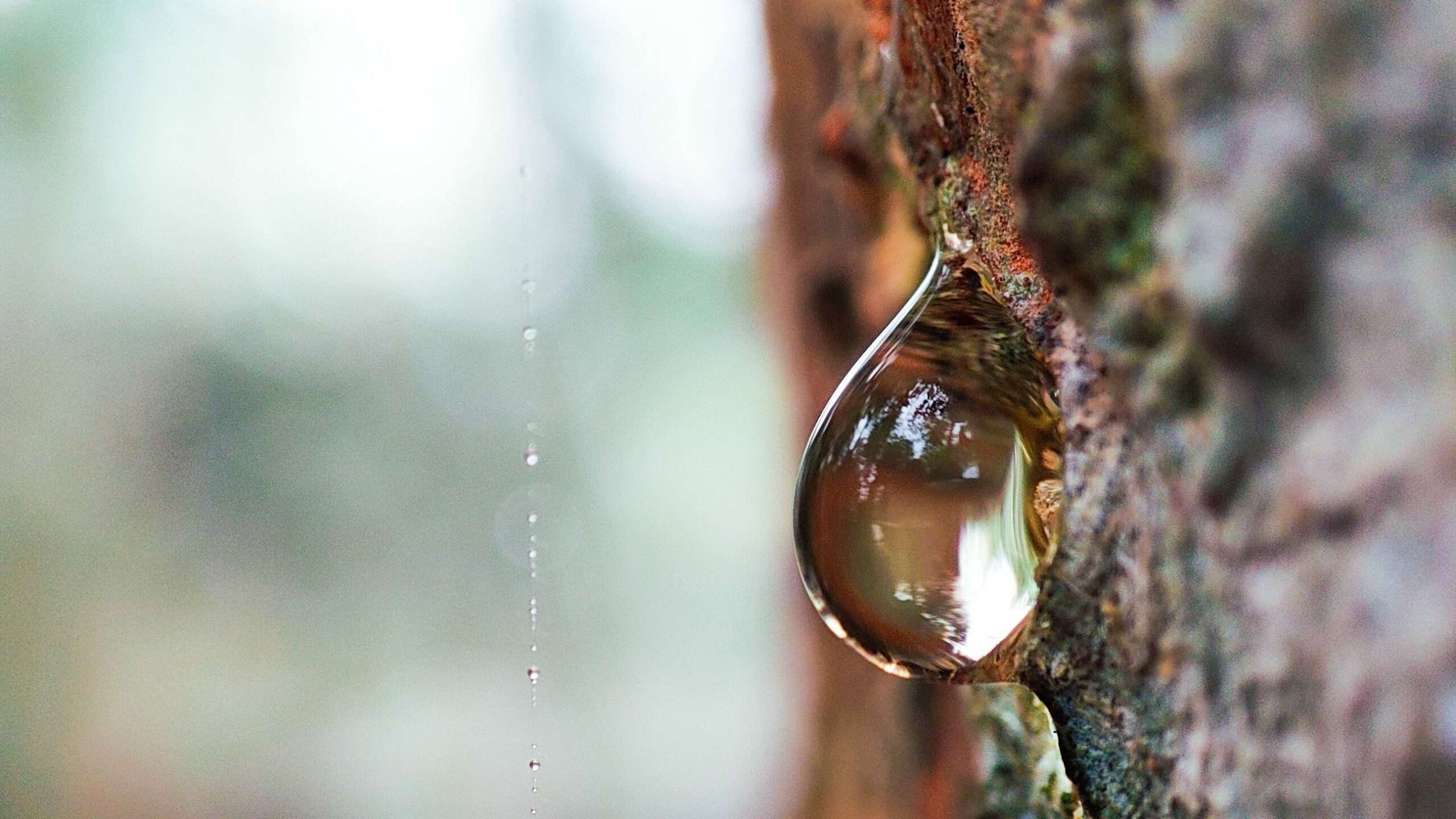
What exactly are gums and resins? These are the sticky substances that plants excrete when their outer layers are injured. This serves as a defense mechanism, protecting the plant from further harm. The uses of these substances, however, go far beyond mere protection.
Applications in Various Industries
Gums and resins find their way into various industries as adhesives, emulsifiers, and thickening agents. From enhancing the properties of varnishes, paints, and ink to lending their distinctive aromas to perfumes and cosmetics, their versatility knows no bounds. In ancient times, these substances held spiritual significance, being burnt as offerings to the gods.
Aromatic Messages: The Ancient Connection
The historical significance of gums and resins is particularly evident in ancient civilizations. In Ancient Egypt, these substances played a vital role in mummification practices. Beyond their practical uses, the ancients believed that scents were the nourishment of the gods, a medium of communication below the threshold of conscious awareness.
Navigating the Future: Sustainable Practices
As the demand for NTFPs, especially NRGs, continues to rise, it is imperative to address the challenges posed by improper tapping practices. A concerted effort toward continuous research on the physical, chemical, and biological factors affecting gum production is crucial. Only through sustainable practices can we ensure the continued availability of these invaluable resources.
The intricate relationship between natural resins and gums, the Babool tree, and human civilization spans centuries. From ancient rituals to modern industries, their influence is pervasive. The call to action is clear – sustainable practices and ongoing research are paramount to safeguarding these natural treasures for generations to come.
Mystique of Balsams: Nature’s Resinous Elixirs
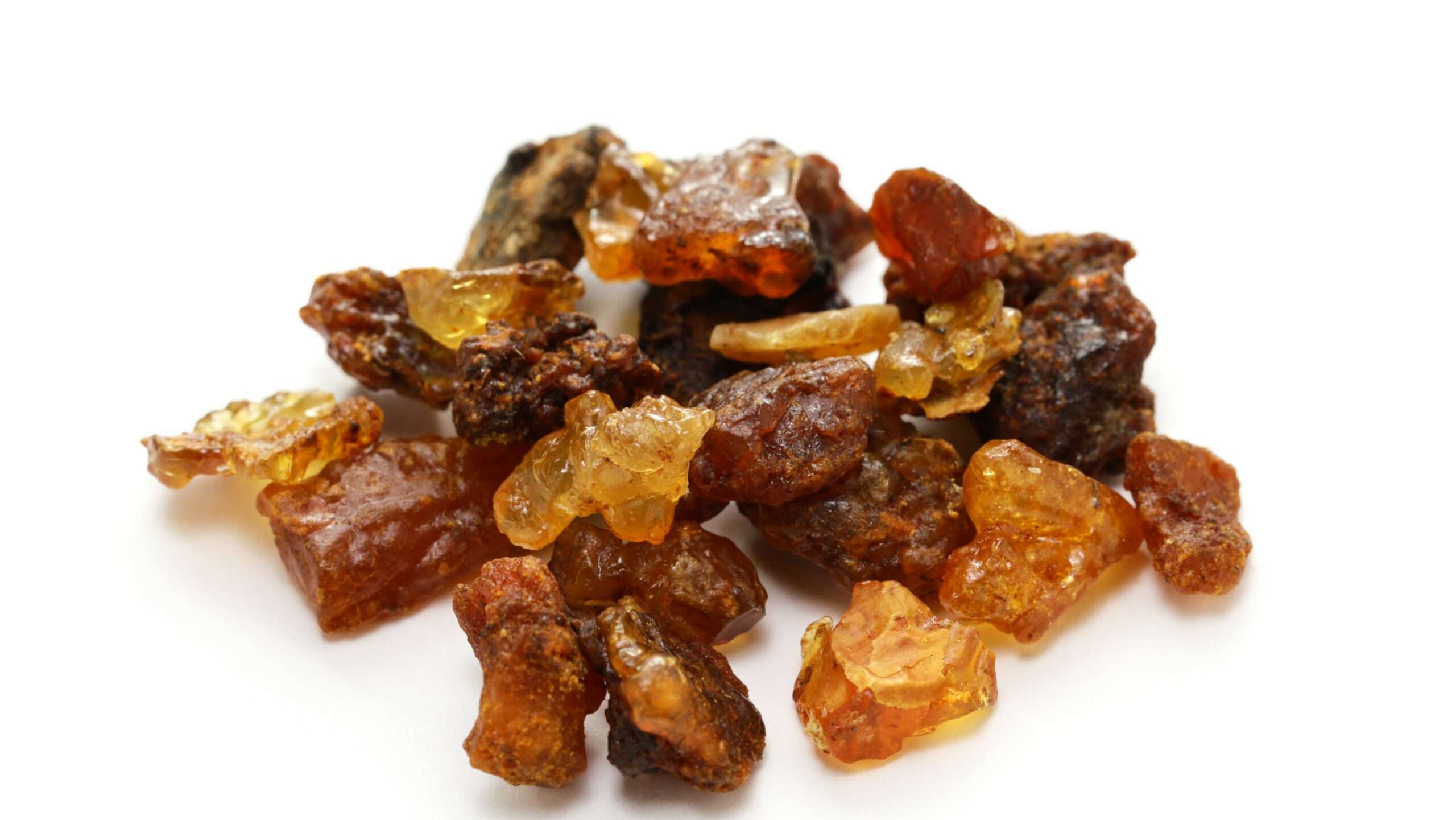
In the rich tapestry of plant products, one often overlooks the quiet champions known as balsams. This generic term encompasses a spectrum of fragrant, soothing, and resinous substances sourced from plants.
However, in the realm of chemistry, balsams take on a more defined identity – a class of resinous substances laden with cinnamic and benzoic acids, coupled with essential oils. Let’s delve into the enchanting world of balsams, exploring their varieties, medicinal applications, and the cautionary tales they bring.
The Chemistry Behind Balsams
Balsams, scientifically categorized, include treasures like Balsam of Peru, Tolu Balsam, Balm of Gilead, and Copaiba balsam. Their physical forms are as diverse as their origins – from clear and viscous to dark and sticky. A common thread among them is their tendency to coagulate upon boiling and solidify when exposed to air. What makes balsams intriguing is not just their physical diversity but their chemical composition, boasting significant amounts of cinnamic and benzoic acids alongside essential oils.
Medicinal Marvels and Cautionary Tales
Medicinally, balsams emerge as versatile healers, particularly effective in treating skin problems and respiratory diseases. They find a cozy spot in the realm of cosmetics, skincare products, and perfumes, adding a touch of nature’s essence. However, a note of caution rings loud – benzoic acid, a prominent component, is a known allergen capable of triggering severe reactions. Users are advised to exercise caution and perform patch tests before embracing these natural elixirs.
Gums and Resins: The Unsung Heroes of India’s Forests
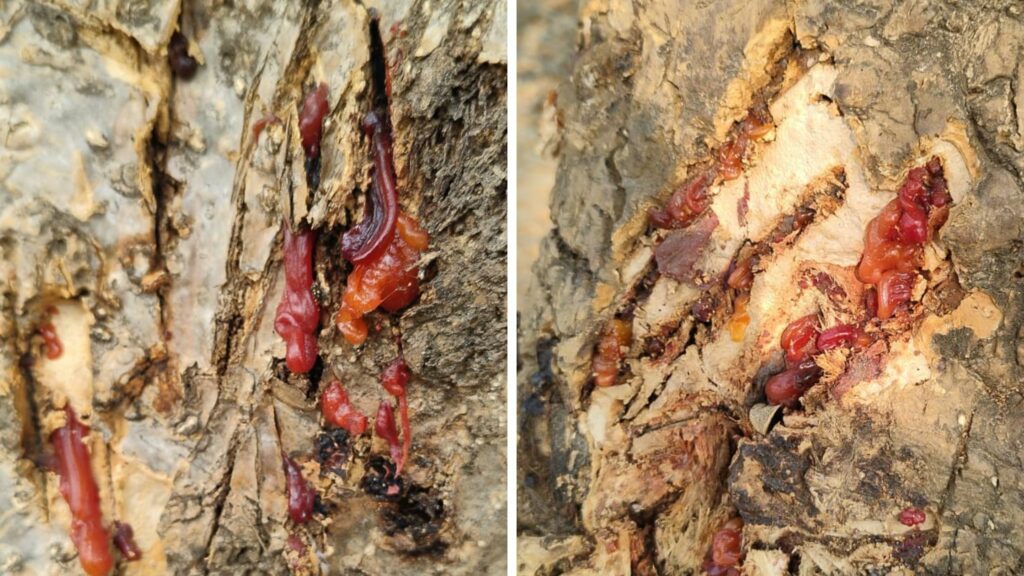
While balsams captivate with their aromatic allure, the broader panorama of gums and resins often languishes in the shadows of more conspicuous plant products like fruits, wood, and medicinal herbs. In India, the awareness of the significance of gums and resins remains limited, especially among local indigenous communities and the general populace. Yet, these resins and gums occupy a prime position among Non-Timber Forest Products (NTFPs), serving as a historical and economic lifeline.
Economic Significance for Indigenous Communities
In the heartlands of central and western Indian states, thousands of forest dwellers, especially from indigenous communities, rely on gums and resins as a viable source of income. The collection, processing, value addition, and sale of these natural marvels present a tangible pathway to sustainable livelihoods. Here, the collaboration of government bodies, voluntary sector actors, and private sector entities becomes crucial, playing a supportive role in uplifting these communities.
The Essence of Gums and Resins
Gums and resins emerge as metabolic by-products of plant tissues, often a response to disease or injury to the bark or wood. India boasts a plethora of trees exuding these valuable substances, ranging from those of local interest to those entering the global export trade. The statistics speak volumes – the total export of natural resins, gums, and gum-resins during 2013-14 amounted to 621,246 tons valued at Rs 12,722.8 crores, showcasing the economic significance of these natural treasures.
Commercial Gems: Gum Karaya, Gum Ghatti, Salai Gum, and More
Among the commercially vital gums and gum-resins harvested from forests, names like gum karaya, gum ghatti, salai gum, and guggul shine. The Acacia family, including Indian gum arabic from Acacia nilotica and true gum arabic from A. senegal, contributes significantly. Additionally, resins of commercial importance hail from Pinaceae (rosin, amber), Leguminosae (copal), and Dipterocarpaceae (dammar) families, further highlighting the diverse botanical origins of these economic gems.
From Ancient Elixirs to Modern Marvels
The historical usage of natural gums and resins traces back to early civilizations, finding applications in food, medicines, varnishes, and protective coatings. In the present day, their utility spans across various manufacturing industries, including food and pharmaceuticals. The plant-based gums and resins continue to play a pivotal role, connecting the dots between ancient practices and modern marvels.
In the intricate web of nature, where gums, resins, and balsams weave their tales, their importance cannot be overstated. These unsung heroes contribute not only to the economic tapestry of the nation but also to the livelihoods of indigenous communities. As we navigate the present, it becomes imperative to recognize and preserve these gifts from nature for a sustainable and harmonious future.
Unveiling the World of Natural Resins and Gums: Nature’s Artisans
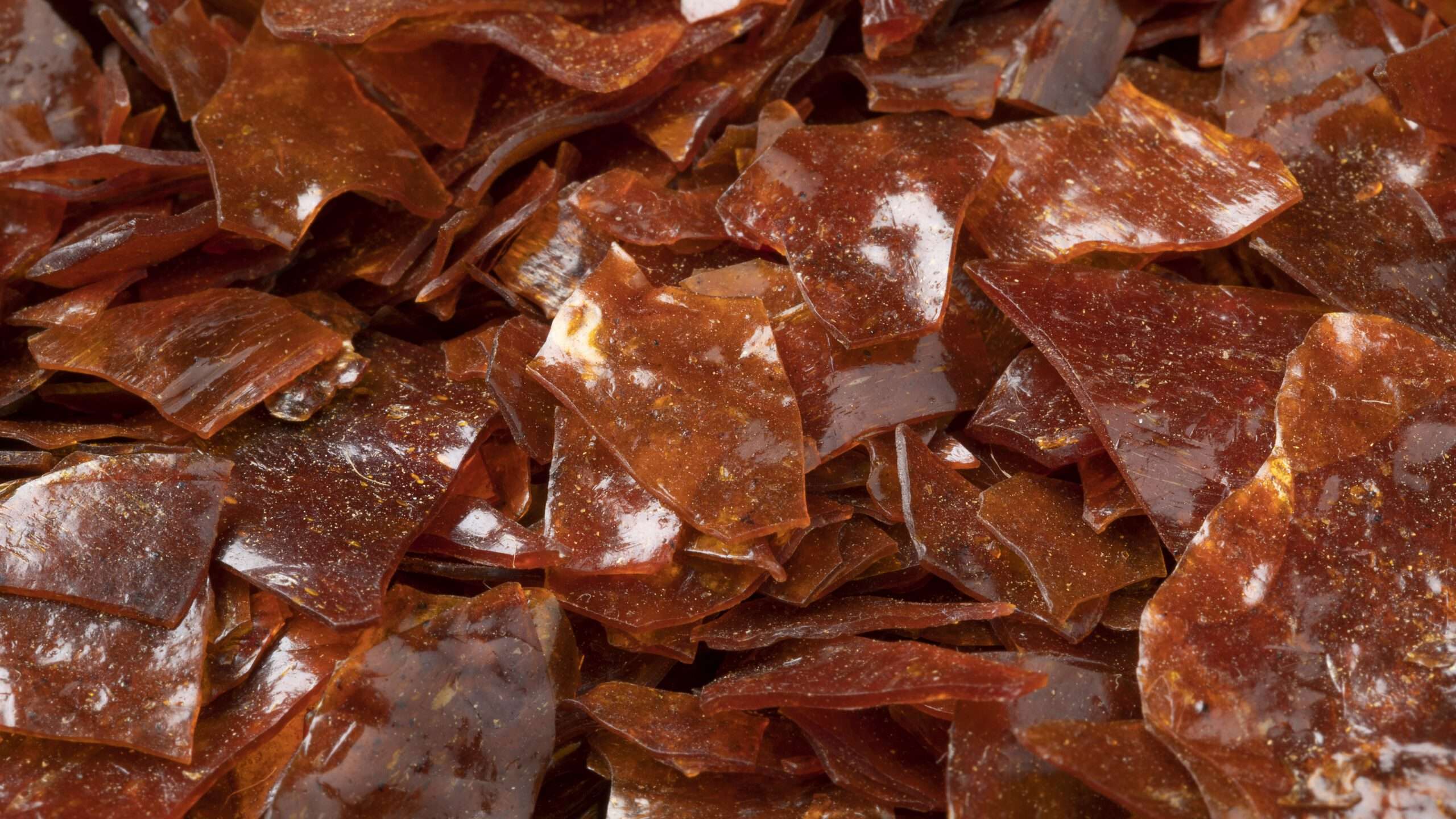
In the intricate dance of nature, resins and gums emerge as the unsung heroes, secreted by plants in response to injury or as part of their metabolic processes. These secondary metabolites hold a multitude of commercial applications, from furniture coatings to food glazing agents. Let’s delve into the fascinating world of natural resins and gums, exploring their characteristics, sources, and the diverse roles they play.
Natural Resins: Hardened Elixirs from Plant Passages
Resin secretion is a unique process occurring in specialized cavities or passages ducts within various plant species. The resulting resins exude or ooze from the bark of trees, hardening upon exposure to air. Exceptionally, lac, a resin, is produced by the lac insect (Kerria lacca), while all other natural resins are of plant origin. Notable resins in the realm of furniture coatings include rosin, damar, copal, sandarac, amber, and manila.
Principal Characteristics of Resins:
- Insoluble in water.
- Soluble in ordinary solvents like alcohol, ether, and turpentine.
- Brittle, amorphous, transparent, or semi-transparent.
- Characteristic luster, fusible, and burn with a smoky flame when ignited.
Natural Gums: Guardians of Polysaccharides
Gums, another group of plant products, are formed primarily through the disintegration of plant cellulose, a process known as gummosis. While produced by various plant families, commercial exploitation is limited to a few tree species from Leguminosae, Sterculiaceae, and Combretaceae families. Acacia nilotica (babul), A. catechu (khair), Sterculia urens (kullu), and other species are significant gum-yielding trees, while guar gum stands out as a prominent seed-based natural gum.
Principal Characteristics of Gums:
- Consist of polysaccharides or their derivatives.
- Soluble in water or become soft and swollen when mixed with water; insoluble in alcohol and organic solvents.
- Decompose completely on heating without melting and tend to become charred.
- Originate in liquid form, drying into translucent, amorphous, tear-shaped bodies or flakes on contact with air.
Distinguishing Resins and Gums: A Comparative Insight
| Characteristics | Resins | Gums |
|---|---|---|
| Composition | A mixture of organic compounds, mainly composed of terpenes. | Made of polysaccharides and their derivatives. |
| Solubility | Soluble in various organic liquids but not in water. | Water-soluble or absorb water well. |
| Exudation | Exude from plant passages and cavities. | Naturally exude from the stems of plants. |
| Formation | Formed as oxidation products. | Formed by the decomposition of cellulose and plant tissues, a process called gummosis. |
| Flammability | Burn with a smoky flame when ignited. | Decompose directly without melting on heating. |
| Uses | Used as varnishes, adhesives, food glazing agents, and in incense and perfumes. | Used as thickening agents, emulsifiers, gelling agents, and swelling agents. |
| Examples | Amber, balsam, copal. | Agar, acacia gum, guar gum. |
In the grand tapestry of nature, resins and gums are not just products of botanical processes; they are artisans contributing to the economic and cultural richness of our world. As we unlock the secrets of these natural marvels, we pave the way for sustainable practices that honor the gifts bestowed upon us by the plant kingdom.
The Dynamics of Gum-Resins: Bridging the World of Gums and Resins
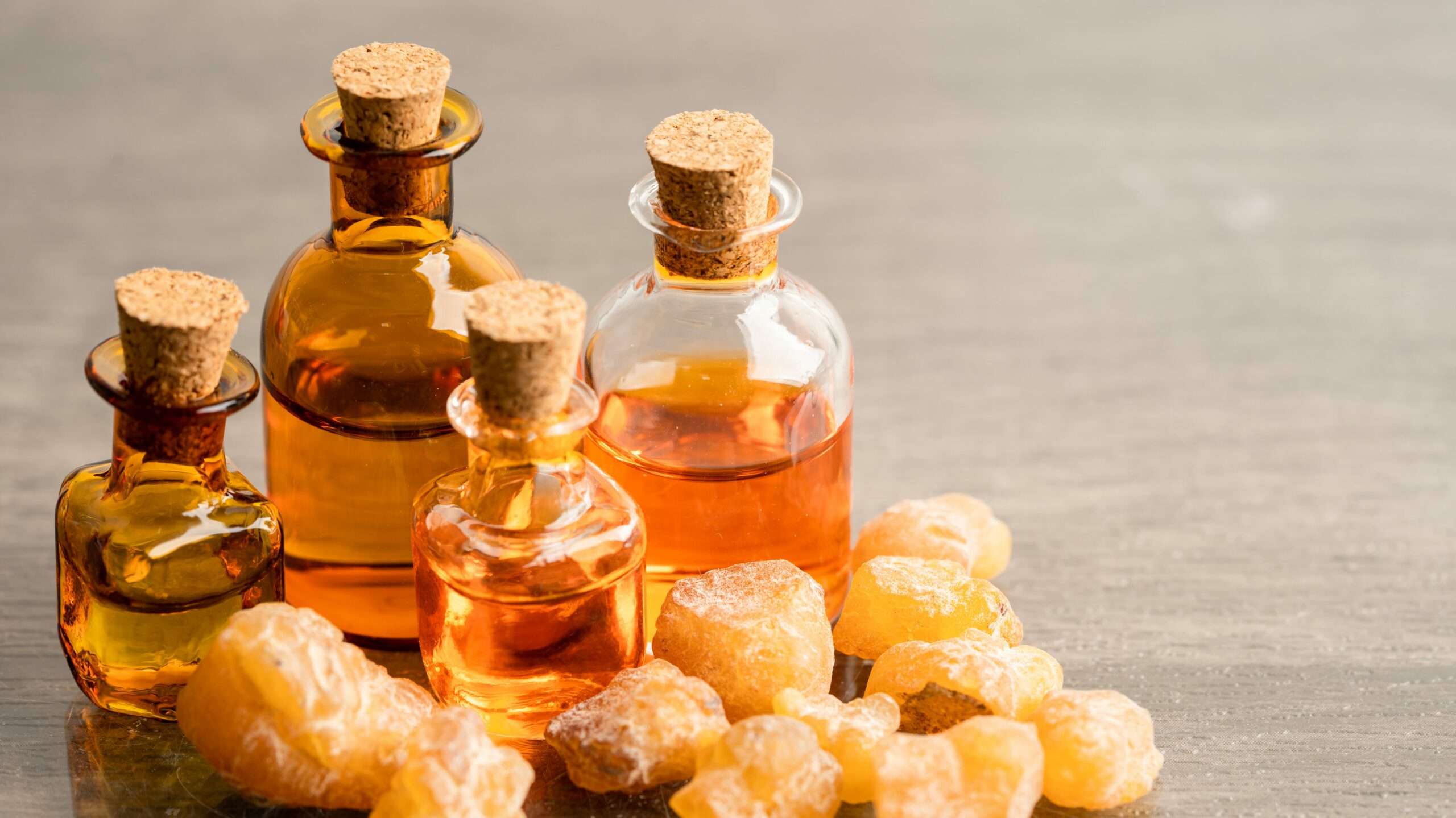
In the intricate realm of natural products, gum-resins emerge as a fascinating amalgamation of both gums and resins, showcasing the unique properties of each. These compounds, often containing traces of essential oils, play a pivotal role, especially in regions with dry and arid climates. Let’s unravel the story of gum-resins and their significance, particularly in the context of India’s vast and diverse forest resources.
Understanding the Essence of Gum-Resins
Gum-resins represent a marriage of two distinct botanical products – gums and resins. Exhibiting properties from both groups, they become a reservoir of versatile applications. Commonly sourced from plants thriving in arid regions, notable examples of gum-resins include asafoetida (heeng), myrrh, salai, and guggul.
Natural Resins and Gums: Pillars of Indian Forest Products
Natural Resins and Gums (NRGs) take center stage as major Non-Timber Forest Products (NTFPs) in India. Their impact spans across industries, influencing paper, textiles, cosmetics, and medicinal realms. With the escalating demand for NTFPs, India has emerged as a key global importer of NRGs, despite possessing mega biodiversity hotspots.
India’s Rich Biodiversity and Forest Cover: A Natural Haven
India boasts dense and diverse forests, contributing to its status as a mega biodiversity center. With 21.67% of the land area covered by forests, these ecosystems provide essential services, including climate regulation and nutrient cycling. Forests also sustain livelihoods for millions, particularly tribal communities relying on NTFPs.
Gums and Resins in Indian Context: Sustaining Livelihoods
In India, gums and resins play a vital role in supporting livelihoods, especially for forest-dwelling communities. These botanical exudations, resulting from natural phenomena or induced by injury, have a historical backdrop of approximately 5000 years. Rich in polysaccharides, proteins, and fibers, gums find applications in various industries.
Challenges in Gum Production: A Declining Trend
Despite their historical significance, gum-yielding plant populations are dwindling. The gap between production and demand, coupled with unsustainable tapping practices, contributes to the decline. India’s medicinal drug-manufacturing units heavily rely on these plant-based products, and the decline raises concerns about economic repercussions.
Gum Tapping and its Environmental Impact
Gum tapping, a crucial process for gum production, often involves unscientific and excessive methods. Tribal communities, utilizing traditional tapping instruments, inadvertently contribute to the mortality of gum-yielding plants. The consequences extend to forest ecosystems, prompting some state forest departments to impose tapping bans.
Global Trade and Economic Implications
India’s status as a top NRG importer (21% of global imports) underlines its dependence on other countries. Exports to Spain and the USA have been substantial, contributing to foreign exchange earnings. However, a declining trend in gum production and exports signals the need for sustainable practices to safeguard both ecosystems and economies.
Conservation Strategies: Urgent Need for Action
The decline in gum-yielding plants necessitates urgent conservation measures. Factors like seasonal impact on gum production, the use of stimulators for tapping techniques, and the impact of stress on gum harvest must be addressed. The age and availability of gum-yielding plants are critical factors influencing production.
Micro-propagation and Modern Practices
In the quest for sustainable solutions, micro-propagation emerges as a potential remedy for species like Sterculia urens. Modern practices, informed by detailed scientific studies, can enhance both the quantity and quality of gum production. Awareness and utilization of natural gums in various industries, such as paper, textile, and cosmetics, contribute to their multifaceted significance.
Preserving Traditional Knowledge: A Call to Action
The diminishing traditional knowledge of gum tapping and processing poses a significant challenge. As synthetic gums gain popularity, the classical knowledge held by older generations is fading. Urgent steps are needed to document and preserve this traditional wisdom, ensuring that vital information about the utilization of natural resources is not lost.
Documentation for Posterity
Efforts should be directed towards documenting traditional knowledge systems related to gum tapping and usage. Without proper conservation strategies, the depletion of this valuable resource and the associated indigenous knowledge becomes inevitable. Now is the time to act, safeguarding these treasures before they vanish.
In the intricate dance of gums, resins, and gum-resins, the delicate balance between human needs and ecological preservation becomes paramount. As India grapples with the challenges of sustainable resource utilization, the narrative of gums and resins unfolds, urging us to tread lightly on the path of progress.


